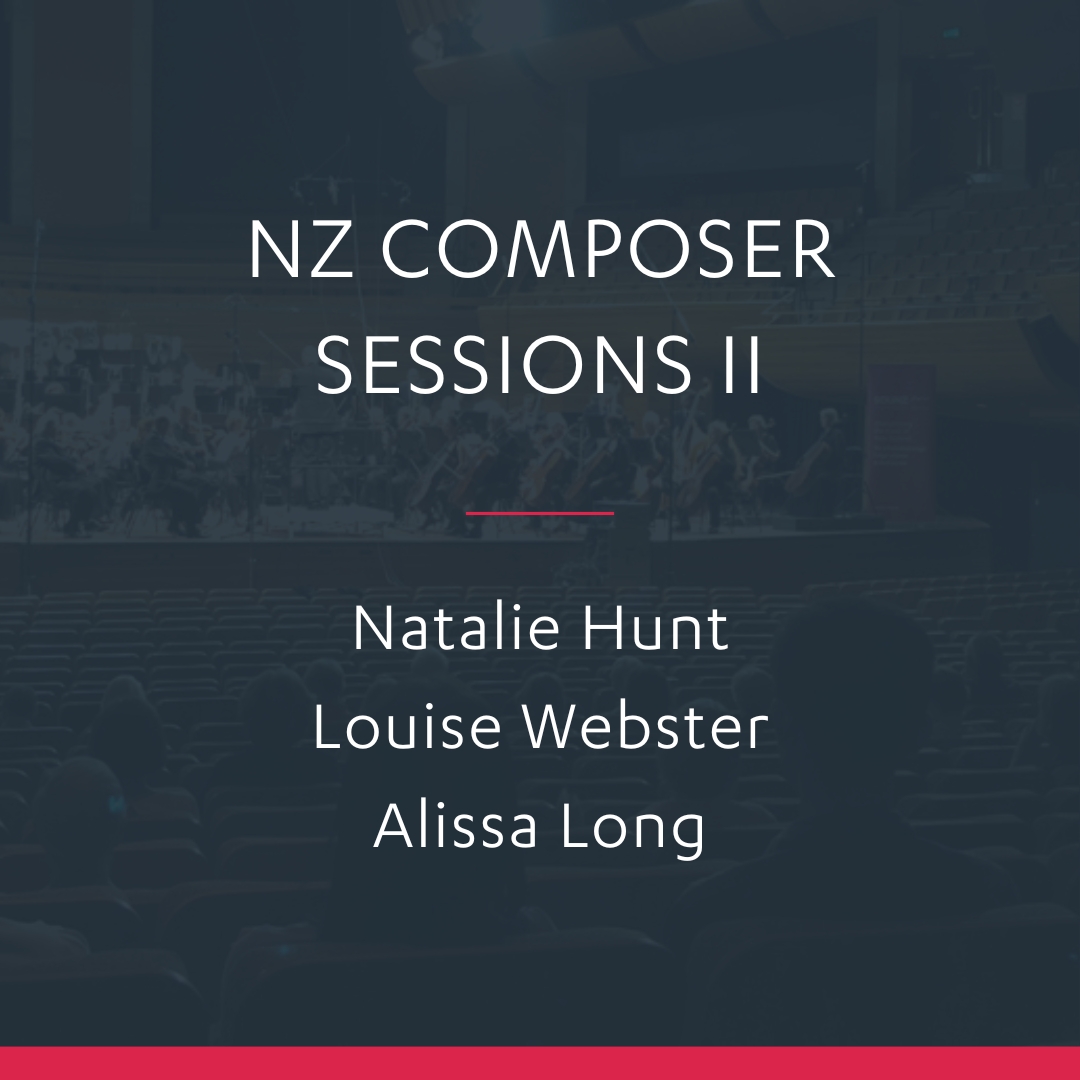
Retrospective III
SOUNZ Virtual Concert
Part 3 of our series exploring past winners and nominees of the SOUNZ Contemporary Award | Te Tohu Auaha.
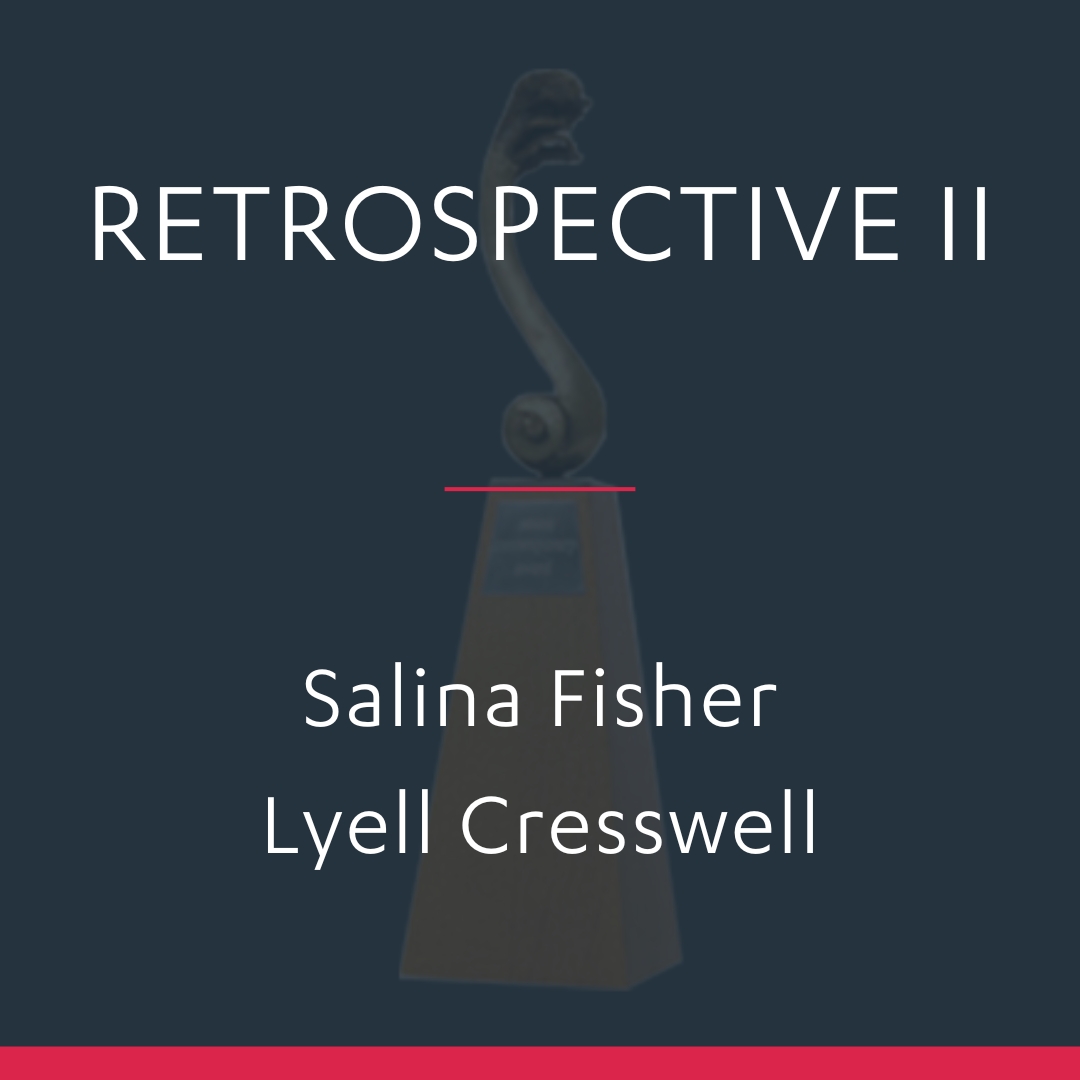
Retrospective II
SOUNZ Virtual Concert
Part 2 of our series exploring past winners and nominees of the SOUNZ Contemporary Award | Te Tohu Auaha.
Salina Fisher: Tōrino, echoes on pūtōrino improvisations by Rob Thorne (Winner 2017). Salina writes: “Discovering the music of Taonga Pūoro artist Rob Thorne has been the most deeply moving listening experience in my recent memory. I was mesmerized by the many powerful and haunting voices that Thorne could produce through one instrument in particular, the pūtōrino, and felt compelled to explore further and respond musically. My sincerest thanks, Rob, for your incredible openness, generosity, knowledge, support, and guidance through this beginning of a very special journey.”
Lyell Cresswell: Concerto for Piano and Orchestra (Winner 2011). Lyell writes: “Movements 3, 4, 5 and 6 were written before Edward (Harper) died, but he was already ill with cancer and the whole concerto was written under the shadow of this.
The first movement, Funeral March, opens with a sequence of low six-note chords in the piano. These chords provide the basis for the complete concerto and are treated in various contrasting ways in each movement. The orchestra becomes an extension of the piano, sustaining these chords and taking them where the piano can’t go. The concerto is not a confrontation between soloist and orchestra – the piano is more like another section of the orchestra. A slow throbbing, but varying, pulse runs through the Funeral March – first in the harp, sometimes the timpani, sometimes pizzicato and, at the climax, with brass and woodwind. In the following tranquil Adagio the six-note chords are turned into serene melodic lines with quiet sustained chords in the strings. The first scherzo is short, fast and restless. The central movement, Addolorato (distressed, grieved, upset), is, in turn, slow and reflective (in the piano), and querulous and disturbing (in the orchestra), posing questions rather than offering solutions. The second scherzo is fast, light and fleeting – with a hushed centre. The second Adagio is composed of slow, unsettled and quiet chords leading to an angry outburst at the climax, and the pace in the final presto is only interrupted briefly with some reference to Adagio 1.”
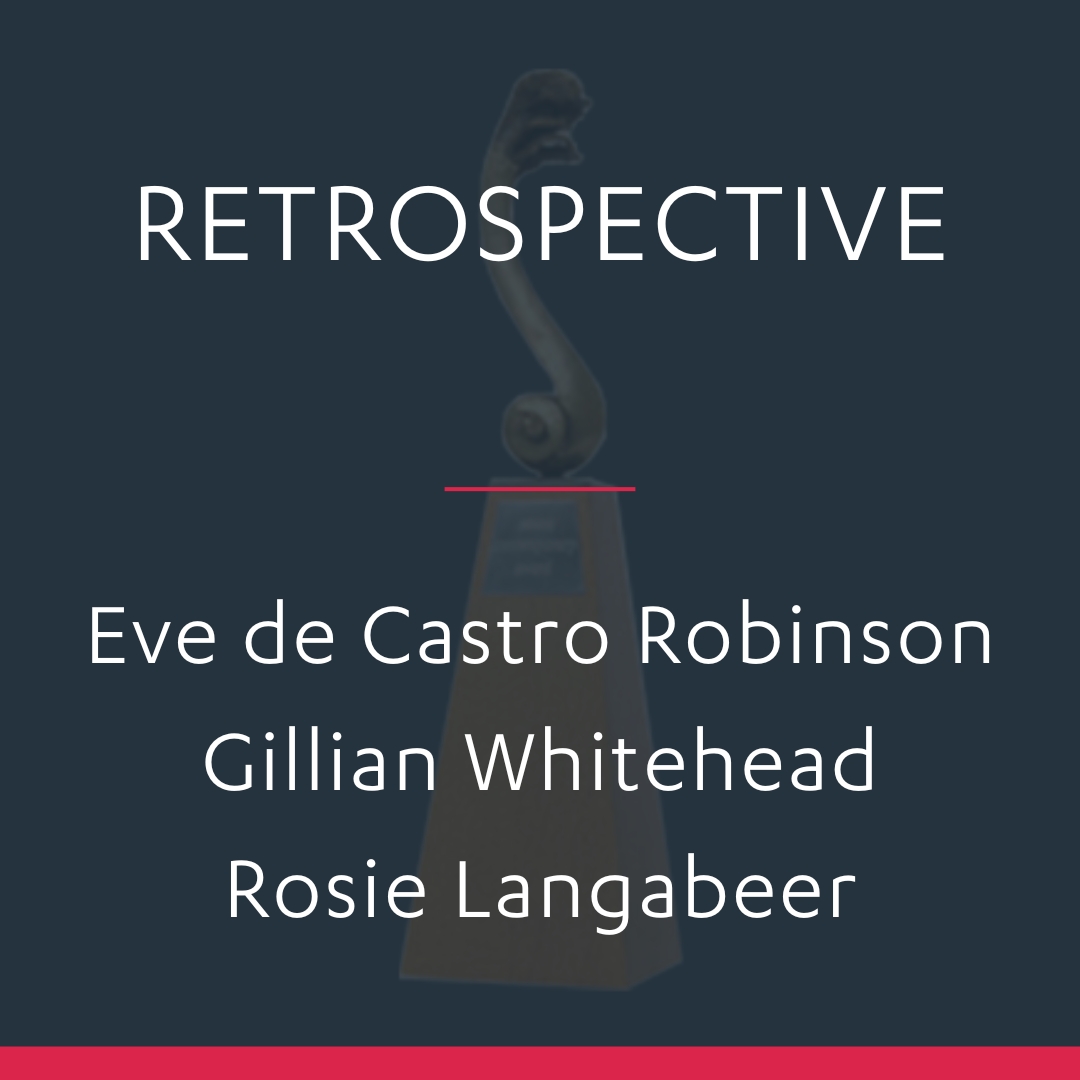
Retrospective
SOUNZ Virtual Concert
This week we explore past winners and nominees of the SOUNZ Contemporary Award | Te Tohu Auaha.

Mahuru Māori
SOUNZ Virtual Concert
SOUNZ celebrates Te Wiki o te Reo Māori and Mahuru Māori with a special concert featuring some of New Zealand’s most prolific Māori composers. Enjoy this special concert of new and more well-known waiata, in te reo Māori. SOUNZ celebrates keeping Māori language alive, natural and normal.
Kia Ora te Reo
Kia Māori te Reo
Kia Kaha te Reo Māori

Quartets
SOUNZ Virtual Concert
This week’s SOUNZ Concert features diverse quartets for various lineups by New Zealand composers, from the expressionism of Watson and Bowater, to the meditative stillness of Lardelli.
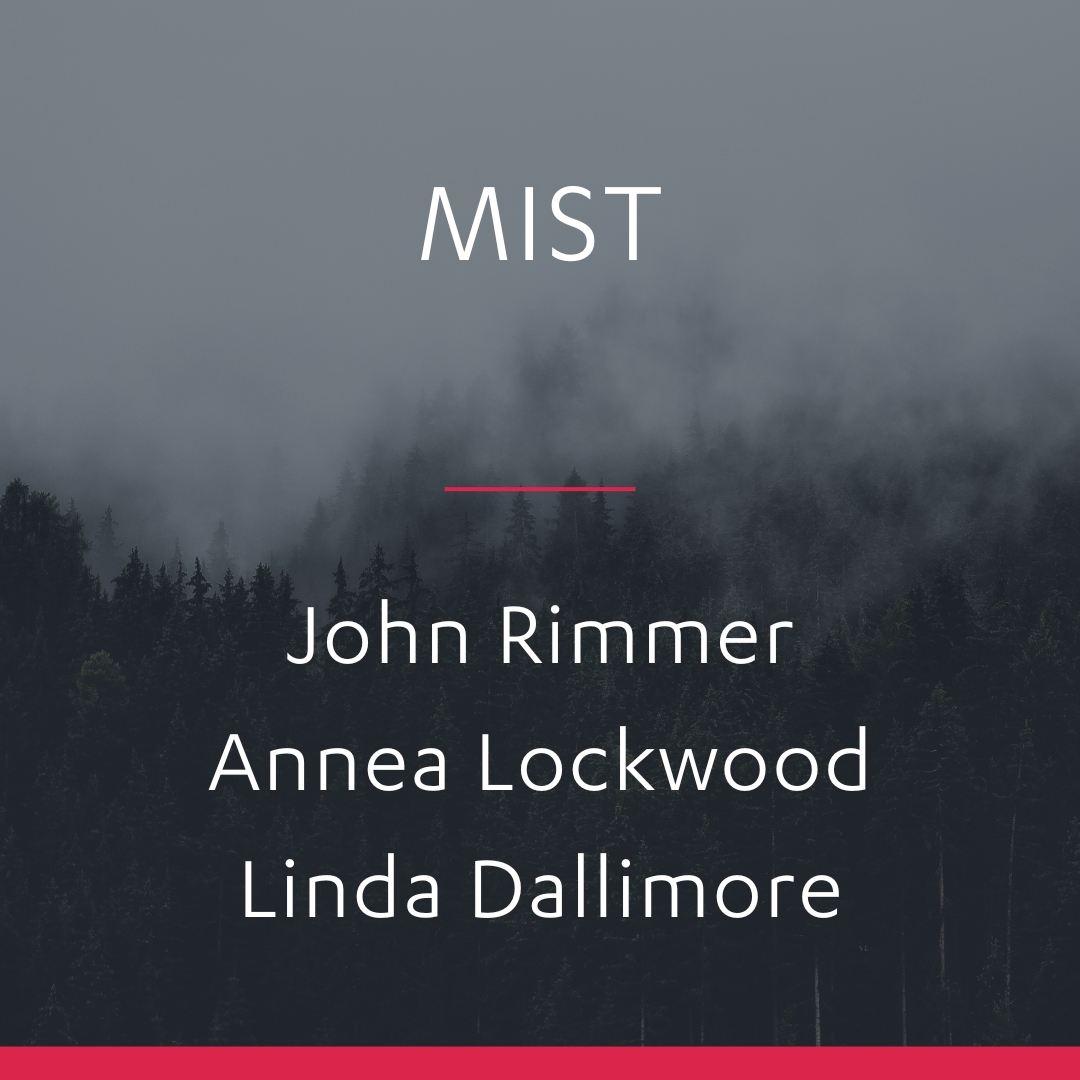
Mist
SOUNZ Virtual Concert
In John Rimmer’s ‘Composition 4’ for flute and electronic sounds, string and percussive timbres accompany flute writing that evokes the Japanese shakuhachi.
In ‘Immersion’, Annea Lockwood explores her love of the effect of two tones that are close in pitch producing a pulsing beat.
Linda Dallimore’s ‘Aotearoa – Cloud’ is inspired by the eponymous painting by Gretchen Albrecht. “There is so much movement in the work, from left to right, with a divide in the middle… it seemed an obvious chance to use glissandos that go up, and then glissandos that go down.”
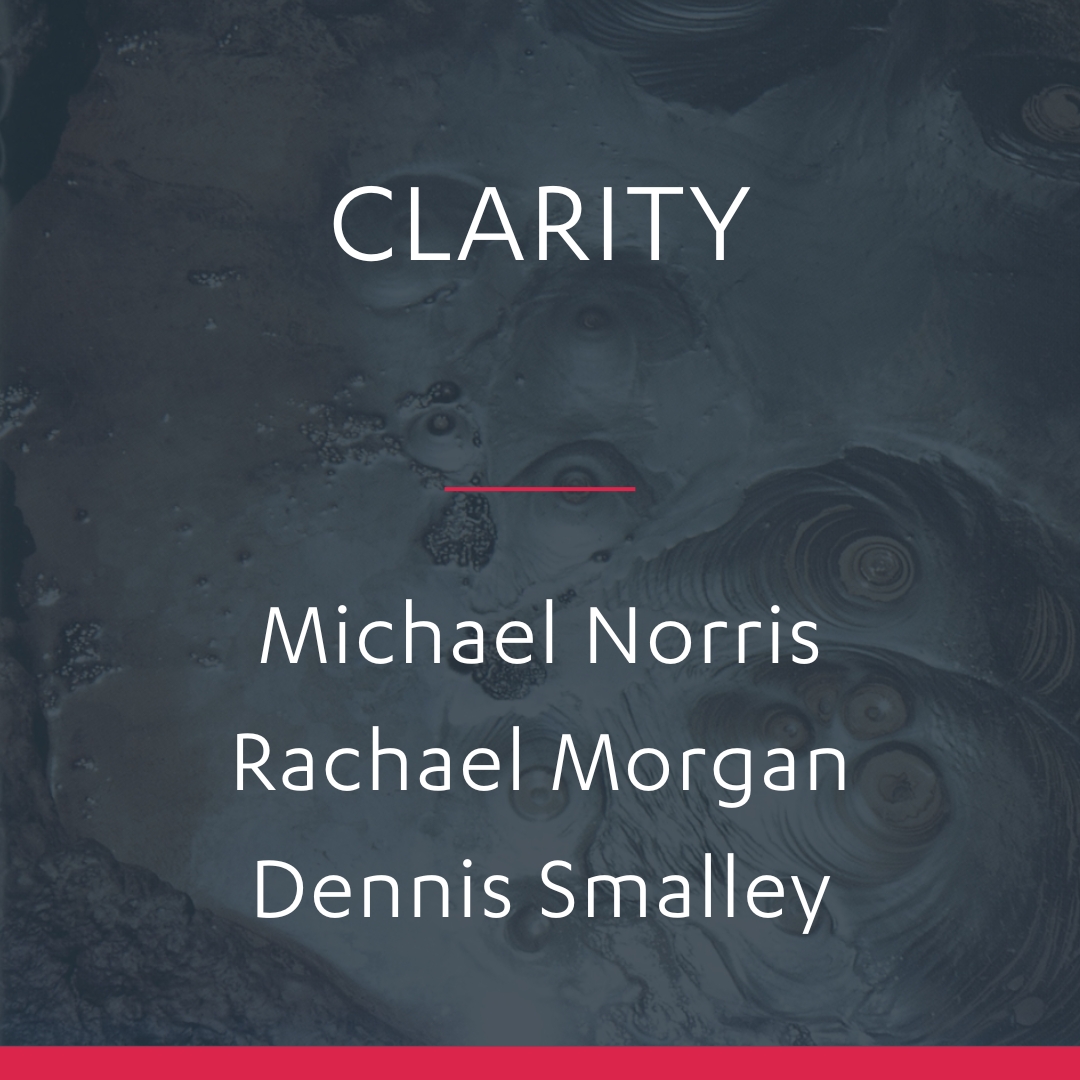
Clarity
SOUNZ Virtual Concert
Michael Norris’s Claro (meaning ‘light’ or ‘clear’) begins with a transparent texture of percussion, piano and harp. The orchestra catches resonances from this pointillistic texture which begin to interact and play off one another as the music builds.
Inspired by the sonorist music of Giacinto Scelsi, Rachael Morgan explores subtle decorations of the note D in her work Interiors II. Our awareness becomes focused on subtle changes of pitch and texture, and on slowly shifting colours.
We finish with a classic of electroacoustic music, Denis Smalley’s Pentes. The title, French for slopes or inclines, was suggested by the outlines of broad, spacious stretches of the work. Most of the material is derived from manipulations of acoustic instruments, all unrecognisable except for the Northumbrian smallpipes, which appear towards the end of the work and play a haunting traditional melody.
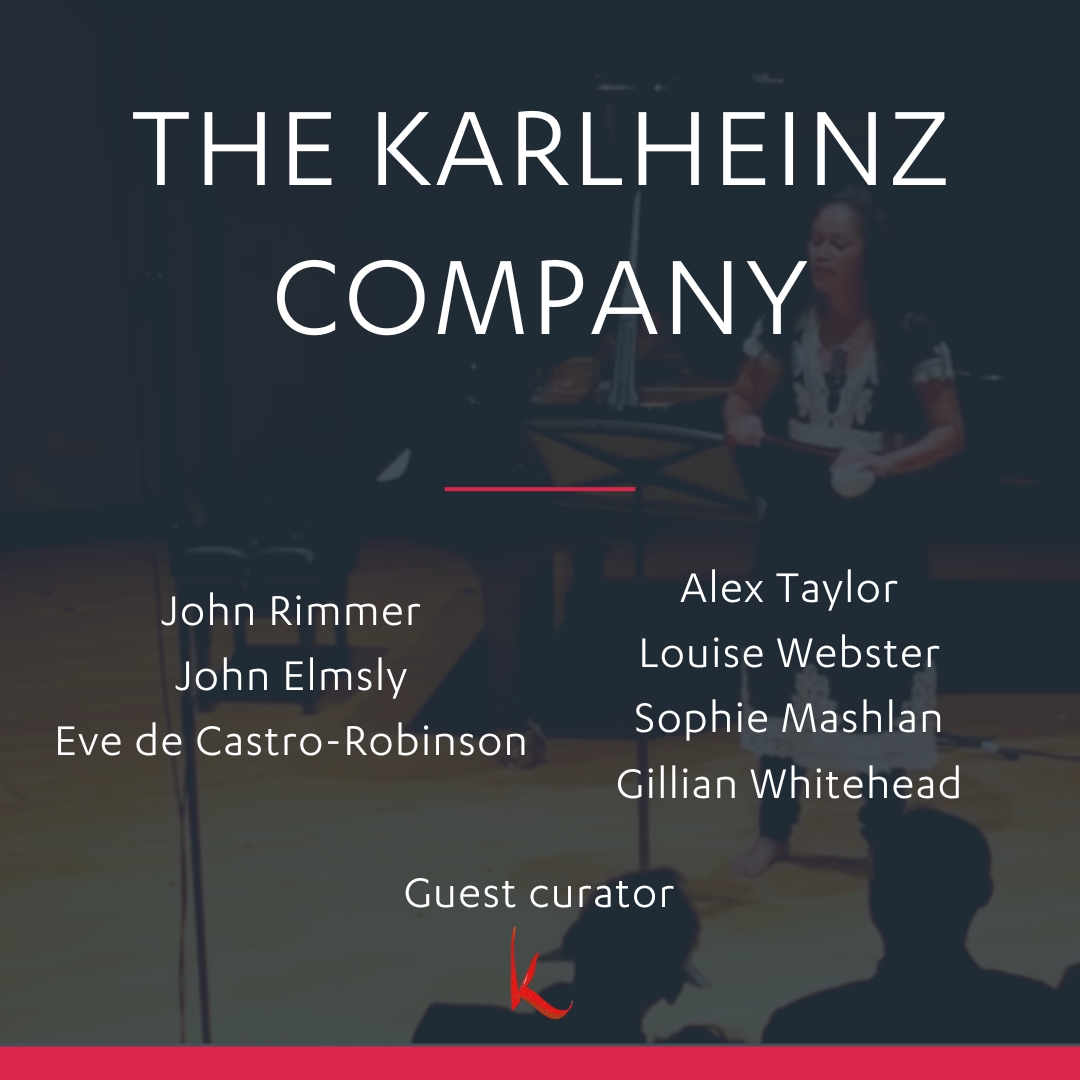
The Karlheinz Company
SOUNZ Virtual Concert
Founded in 1978 by John Rimmer, the Karlheinz Company is New Zealand’s oldest contemporary music ensemble, based at the School of Music, University of Auckland. John Elmsly was director from the mid-90s until 2014, then Eve de Castro-Robinson until 2019. Its first concert included Stockhausen’s Klavierstuck IX, Berio’s O King and Rimmer’s Thoughts from Peria.
There was a programming philosophy of combining more adventurous names within the established twentieth and twenty-first century composers, and new music from New Zealand and the Asia-Pacific region. Concerts over the past 41 years have included commissions from NZ composers David Farquhar, Dorothy Ker, Samuel Holloway, and others, and many premieres of works by Composition staff (Rimmer, Elmsly, de Castro-Robinson, Leonie Holmes, John Coulter), and student composers, including much electroacoustic work.
The ensemble comprises instrumental staff from the School, talented student performers, and guest performers from the APO and further afield. RNZ Concert and SOUNZ Centre for New Zealand Music have broadcast many performances.
In 2018 Karlheinz presented a Suffrage 125 Celebration concert including Doctoral student Louise Webster’s beautifully crafted Cries of Kathmandu featuring staff singers and string players, and Popular Music student Sophie Mashlan singing her own, haunting, Shadow. De Castro-Robinson’s theatrical microscore ben/bsn was realised by its dedicatee, Karlheinz doyen Ben Hoadley.
John Rimmer at 80 was mounted in 2019, with his 1983 De Aestibus Rerum brought to life by staff members including Karlheinz veterans, pianist Stephen De Pledge, clarinettist Andrew Uren, and starring Rimmer himself on French horn. Previous director John Elmsly, who has featured over the decades as composer, conductor, performer (piano, flute, harpsichord, laptop), was represented by Sixteen High Fives, for recorder, piano and electronics with another Karlheinz stalwart, Kevin Kim.
Guest curator: Eve de Castro-Robinson
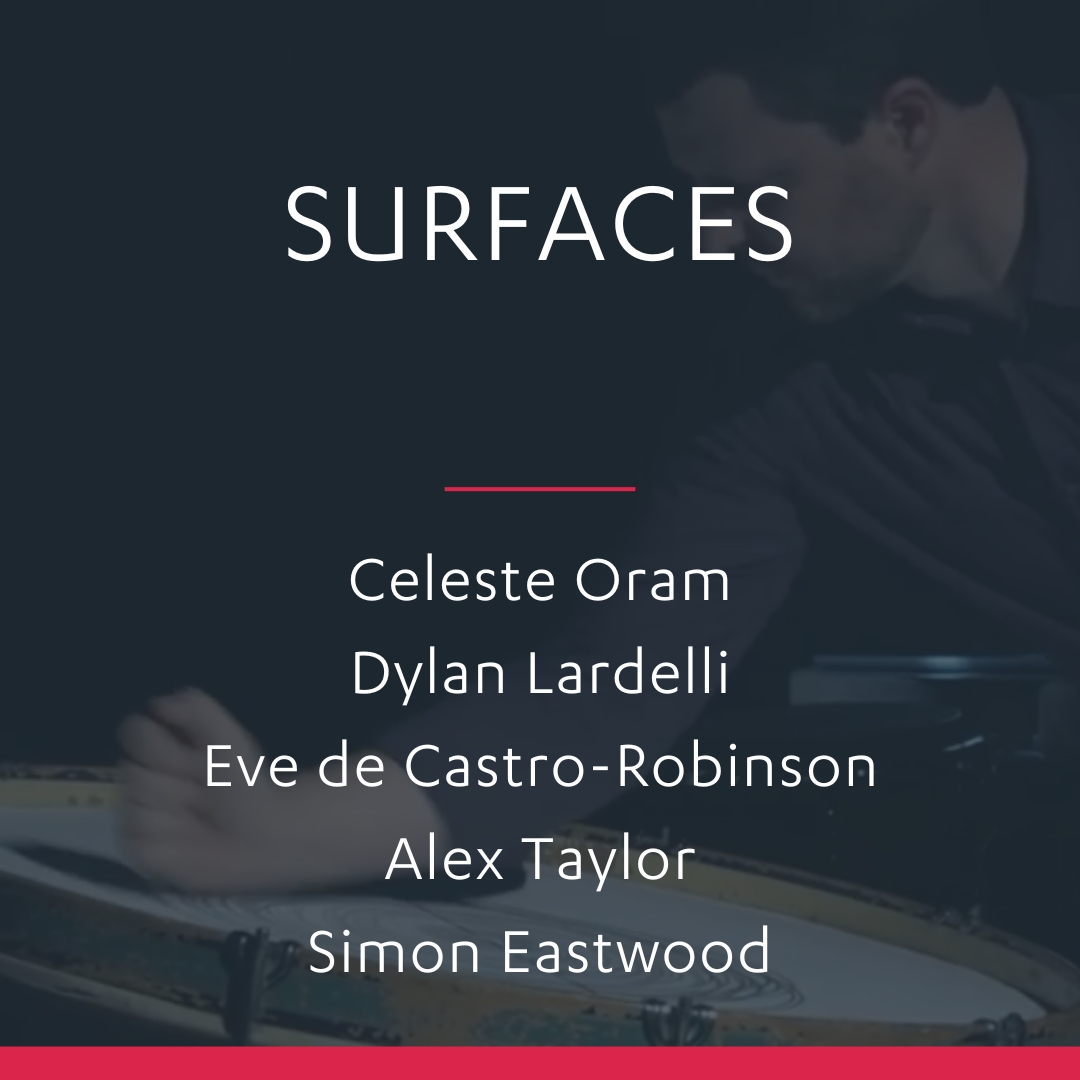
Surfaces
SOUNZ Virtual Concert
Five composers explore our perception and interaction with surfaces and textures. Celeste Oram strategically deprives musicians of certain senses in ‘Mirror and Echo’, the music resulting from their reactions to gestures and delayed auditory signals. Dylan Lardelli’s ‘Musical Box’ and Simon Eastwood’s ‘Ripple’ explore sustained textures, while Alex Taylor superimposes two string quartets in ‘a coincidence of surfaces (iii)’, two layers that can also be played as independent works.
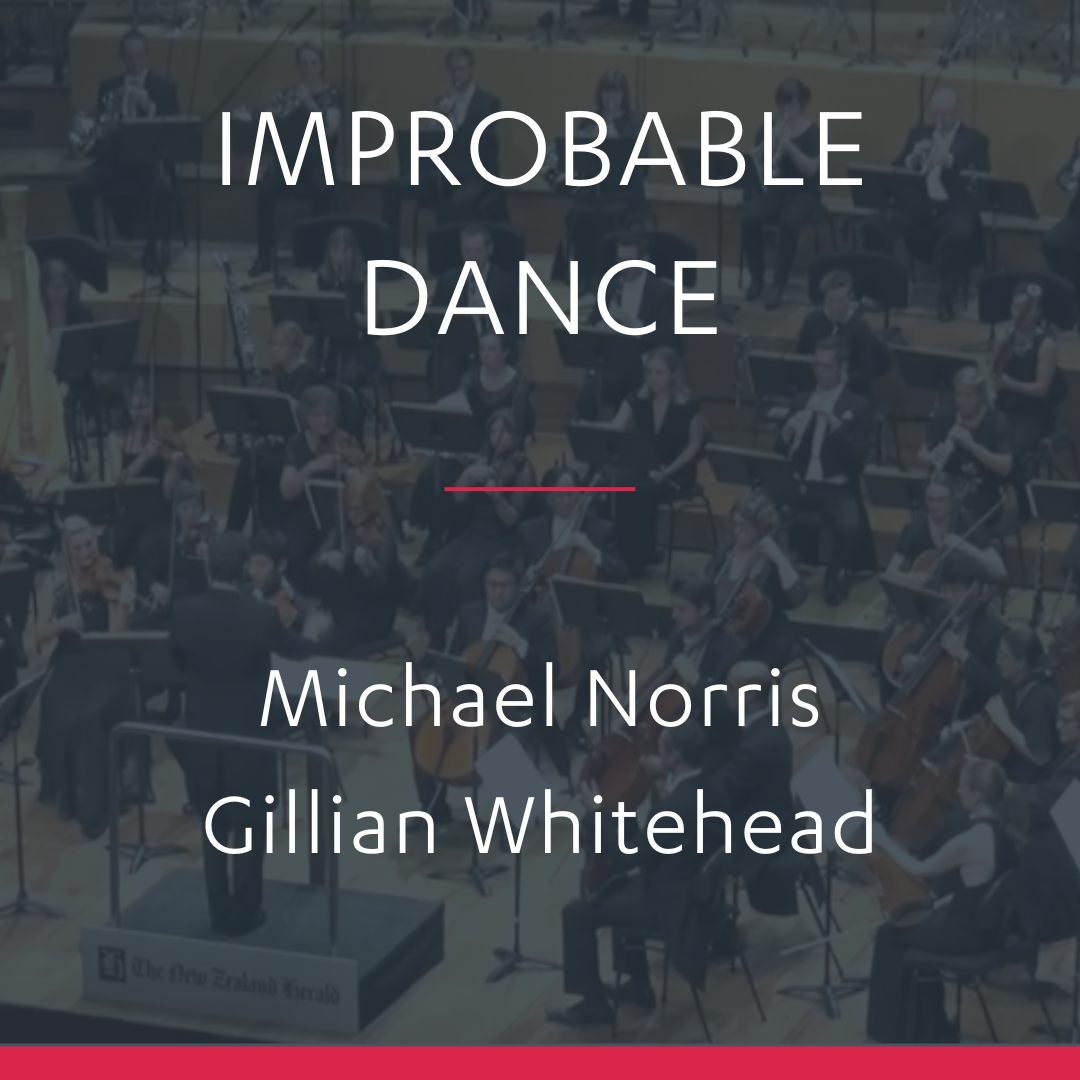
Improbable Dance
SOUNZ Virtual Concert
Michael Norris’s ‘Timedance’ is a collaboration with choreographer/filmmaker Daniel Belton. JS Bach’s Suite No. 2 in B Minor is deconstructed by way of stretching, elasticising, looping and the overlaying of modern harmonies so that the Bach is rendered “almost subliminal.” The work was a finalist in the 2013 SOUNZ Contemporary Award.
Gillian Whitehead’s SOUNZ Contemporary Award-winning ‘The Improbable Ordered Dance’ follows. Gillian writes:
“In his 1974 collection ‘The lives of a Cell’, Lewis Thomas wrote a memorable essay devoted to the spectrum of sound made by all living creatures. He believes that as well as producing sounds in every possible way to send messages to their own kind, all creatures have the urge to make some kind of music. The rhythmic sounds emitted by all creatures might, Lewis suggests ‘be the recapitulation of something else – an earliest memory, a score for the transformation of inanimate random matter in chaos into the improbable ordered dance of living forms.’ It was this essay, together with my fascination in the rediscovery of the part of Auckland I knew as a young child, that have shaped this piece.”

Duels and Duos
SOUNZ Virtual Concert
From the quick precision of Chris Watson’s ‘orbicularis’, to the quirky theatricality of Eve de Castro-Robinson’s ‘Chaos of Delight’, in this week’s concert, we explore the wide variety of duos by New Zealand composers.
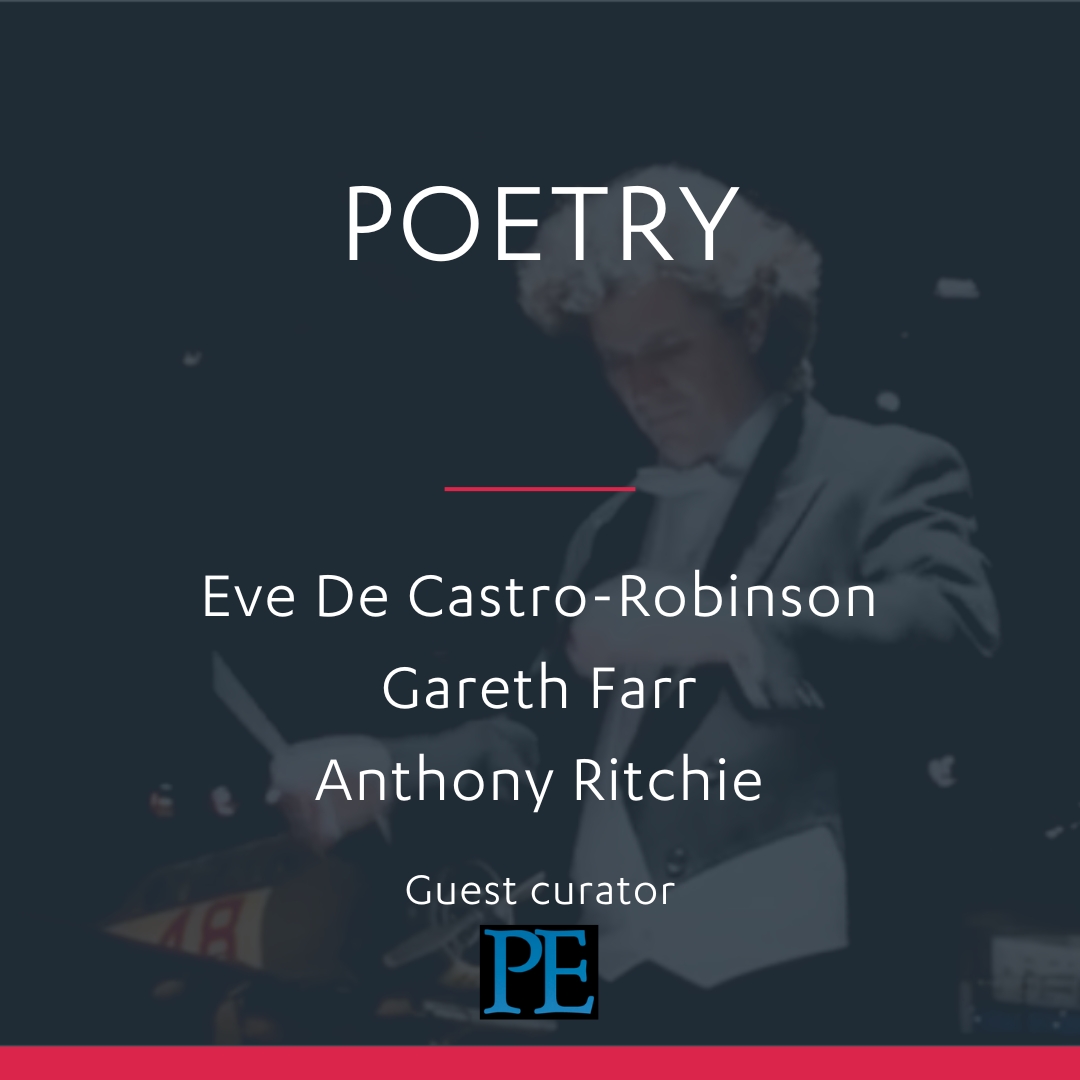
Poetry
SOUNZ Virtual Concert
This concert celebrates some of the magnificent works published by Promethean Editions that incorporate words from New Zealand poets.
First up is the winner of the 2007 SOUNZ Contemporary Award, Eve De Castro-Robinson’s These Arms to Hold You for children’s choir and orchestra. Commissioned by the Royal Plunket Society, These Arms to Hold You features the work of the esteemed Bill Manhire, who provided text for the choir, with excerpts taken from actual Plunket books heard alongside Manhire’s own prose.
Manhire also features in our second selection, Gareth Farr‘s Ornithological Anecdotes for baritone and piano, which features a setting of Manhire’s four poems about New Zealand birds.
For his expansive fourth symphony, Anthony Ritchie incorporates poems by Bernadette Hall, set for soprano voice.
Guest curator: Promethean Editions
